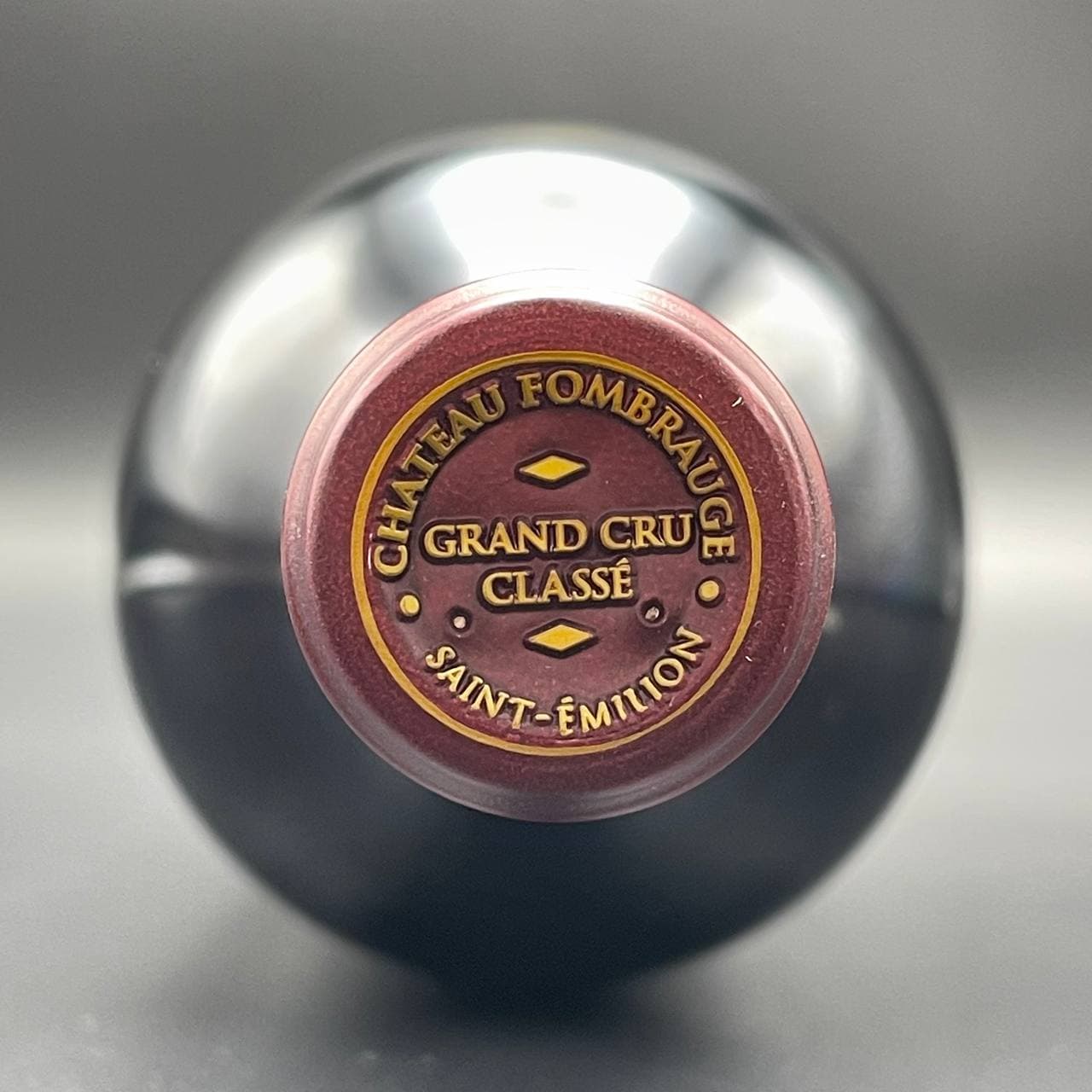The world of Bordeaux wine can be a labyrinth, especially when it comes to classifications. But fear not, oenophiles! Today, we delve into the St. Emilion Grand Cru Classification, a system that helps navigate the prestigious wines of this captivating region.
Understanding the Tiers:
Unlike other Bordeaux classifications, St. Emilion boasts a unique two-tiered system:
Premiers Grands Crus Classés (First Great Classified Growths): The pinnacle, further subdivided into A (highest) and B. Only 14 estates hold this coveted title.
Grands Crus Classés (Great Classified Growths): 71 estates currently enjoy this distinction.By understanding these nuances, you can become a master of the St. Emilion Grand Cru Classification. It’s a journey that transcends mere labels, leading you to discover the captivating stories and exceptional wines that lie at the heart of this legendary region.
What Makes a Grand Cru?
Grand Cru, literally meaning “great growth” in French, is a prestigious designation awarded to vineyards or estates in specific regions. However, the exact criteria for achieving Grand Cru status can vary depending on the region. Here’s a breakdown of some key factors that generally contribute to earning this distinction:
Exceptional Terroir:
This refers to the unique combination of factors like soil composition, climate, elevation, and sun exposure that influence the grapes grown in a particular vineyard. Grand Cru vineyards are renowned for having a terroir that consistently produces grapes with exceptional quality and potential for complex flavors.
Rigorous Viticulture:
Grand Cru estates typically adhere to meticulous winegrowing practices. This could involve methods like low yields (fewer grapes per vine), strict selection of healthy grapes, and sustainable or organic viticulture practices.
Traditional Winemaking Techniques:
Grand Cru wines often rely on time-tested and well-honed winemaking methods. This might include techniques like gentle grape pressing, fermentation in specific types of barrels (often oak), and extended aging periods to allow the wine to develop complexity.
Exceptional Wine Quality:
Ultimately, the most crucial factor is the resulting wine. Grand Cru wines are expected to be consistently outstanding, displaying exceptional depth, balance, complexity, and aging potential. They should be a true expression of the unique terroir and reflect the meticulous care put into viticulture and winemaking.
Regional changes St.Emilion Grand Cru Classification:
- Bordeaux: In the Bordeaux region, the most famous example is the 1855 Classification of Sauternes and Graves for sweet wines and the Left Bank for red wines. Here, Grand Cru refers to specific chateaux (estates) ranked based on historical reputation and price at the time.
- Burgundy:In Burgundy, Grand Cru refers to specific vineyard sites recognized for their exceptional potential. These vineyards are typically small and often owned by multiple producers.Remember, Grand Cru is a mark of exceptional quality and potential. Understanding the factors that contribute to this designation can help you navigate the world of fine wines and appreciate the dedication behind these prestigious bottles.
Beyond the Classification:
While the classification offers valuable guidance, it’s not the sole indicator of quality. Lesser-known estates can still produce outstanding wines. Additionally, the classification is reviewed every 10 years, keeping the system dynamic.
Unlocking the Secrets of St. Emilion:
By understanding the St. Emilion Grand Cru Classification, you can make informed choices when exploring these exceptional wines. Look for the classification on the label to discover the hidden gems and legendary names that make St. Emilion a wine lover’s paradise.
Bonus Tip:
Explore the unique characteristics of each sub-appellation within St. Emilion, like St. Emilion itself, Lussac-Saint-Emilion, Montagne-Saint-Emilion, and Puisseguin Saint-Emilion. Each offers distinct nuances that will further enrich your wine journey.







